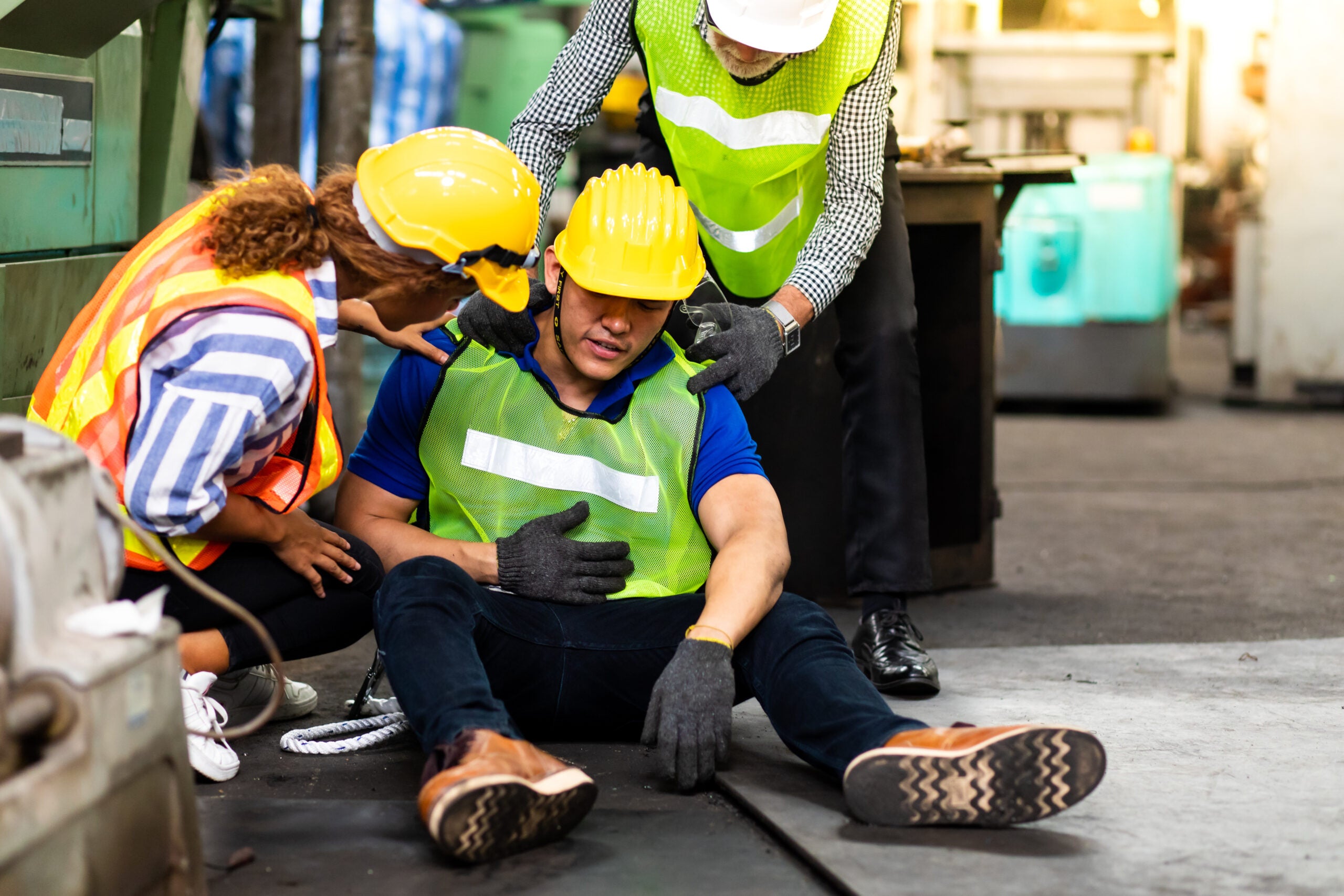
Ensuring a safe workplace is crucial for the well-being of employees and the smooth operation of any business. Slip and fall accidents are among the most common workplace injuries, but they are also among the most preventable. By implementing practical safety measures and fostering a culture of awareness, businesses can create a safer environment for everyone. Here are key strategies to prevent slip and fall accidents in your workplace.
Conduct Regular Safety Audits
A safety audit involves examining the workplace to identify potential hazards that could lead to slip and fall accidents. Look for common culprits like uneven flooring, loose rugs, or exposed cables. Once identified, these hazards should be addressed promptly to mitigate any risks.
High-traffic areas, entrances, exits, and areas that are prone to wetness, such as kitchens and bathrooms, should be monitored closely. Having a routine check for these areas can reduce the likelihood of accidents significantly.
Maintain a Clean and Clutter-Free Workspace
Regular cleanliness is key to preventing slips and falls. Spills should be cleaned immediately, and warning signs should be placed in wet areas until they are completely dry. Ensure that all pathways are free of debris, clutter, and obstructions.
A well-organized space reduces the risk of accidents. Securely store items so they do not become tripping hazards. Drawers should be kept closed when not in use, and loose cords should be secured or placed out of common walkways.
Install Proper Flooring and Mats
Investing in slip-resistant flooring or applying anti-slip coatings to existing floors can significantly reduce the risk of slips and falls. Materials should be chosen with the work environment in mind; for instance, rougher textures are better for areas that are prone to becoming slippery.
Mats can be useful, especially in entryways, to absorb moisture and reduce the transfer of water to other areas of the workplace. Ensure that mats lay flat and have beveled edges to prevent tripping.
Provide Appropriate Footwear
If the work environment is particularly prone to slips and falls, providing employees with protective footwear that has adequate traction can be a game-changer. Ensure that shoe policies are clearly communicated and enforced.
Offer Training and Create Awareness
The experienced slip and fall lawyers at Milanfar Law Firm recommend that business owners raise awareness of these types of accidents by conducting safety training. Here is an expanded view of how safety trainings can be conducted effectively:
- Customized Training Programs: Develop training programs that are relevant to the specific conditions of your workplace. For example, if your business involves working in wet environments such as kitchens or car washes, emphasize procedures that pertain to those conditions.
- Interactive Training Sessions: Engage employees with interactive sessions that may include demonstrations, simulations, and group discussions. Active participation helps in retaining important safety information.
- Identify and Communicate Risks: Trainings should clearly outline common hazardous situations and the correct way to report them. Whether it’s a loose tile, a freshly mopped floor, or a spill that hasn’t been marked with signage, employees should know who to inform and what immediate actions to take.
- Safety Equipment Use: Educate workers on the proper use and maintenance of safety equipment such as non-slip footwear, adequate lighting, warning signs, and cleaning tools. Instructions on how to use these tools correctly can prevent mishaps.
- Promote Reporting: Create an open and non-punitive culture for reporting slip and fall hazards. Employees should feel comfortable reporting potential safety issues without fear of backlash. Clear reporting channels should be established and communicated frequently.
- Routine Refreshers: Conduct regular training refreshers to keep safety practices top-of-mind. These can range from quick, daily reminders to more in-depth annual recaps of safety policies.
- Promotion of a Safety Culture: Instituting a safety-first mindset within the organization begins with leadership. Encouraging employees to take an active role in maintaining a safe environment fosters a community approach.
- Recognize Safe Behavior: Recognize and reward employees who consistently adhere to safety guidelines, thereby positively reinforcing these vital behaviors.
- Learning From Past Incidents: If accidents have occurred, discuss them as case studies (while maintaining confidentiality) to understand how similar incidents can be avoided in the future.
- Continuous Evaluation and Improvement: Regularly assess the effectiveness of your training programs and make improvements as needed. This may involve seeking feedback from employees, monitoring incident rates, and keeping up with best practices in industry safety.
Implement Good Lighting
Poor lighting can contribute to slip and fall accidents by obscuring visibility of potential hazards. Ensure that all areas of the workplace are well-lit, especially staircases, ramps, and other areas where a misstep could result in a fall.
Preparing for Weather-Related Risks
Businesses located in areas with inclement weather need to consider additional preventive measures. This includes salting walkways during icy conditions, ensuring proper drainage for rainwater, and having weather-appropriate mats and floor covers.
By committing to these safety strategies, organizations can significantly lower the risk of slip and fall accidents in the workplace. Creating a safer work environment not only protects employees but can also improve morale, productivity, and reduce costs related to workplace injuries. Remember, a proactive approach to safety is always better than a reactive one.
1072 Views













